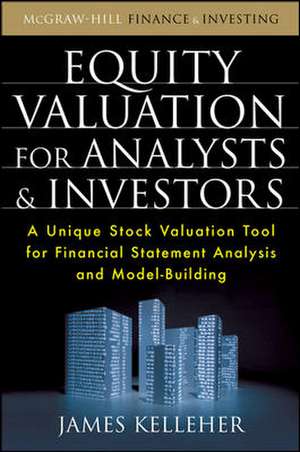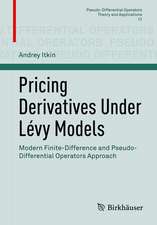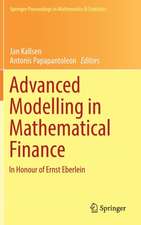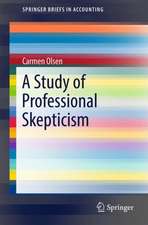Equity Valuation for Analysts and Investors
Autor James Kelleheren Limba Engleză Hardback – 16 aug 2010
Create comprehensive stock valuation models--quickly and efficiently
"This amazingly thorough book takes you through real-world financial modeling, provides concise techniques and methods for determining asset value, and offers a blended valuation approach that is responsive to changes inmarket dynamics. Peer Derived Value, introduced in the book, represents an original and commonsense approach to valuing a stock within its peer group. This book, in my view, is an invaluable addition to any investor'slibrary." -- William V. Campbell, Chairman, Intuit CorporationEquity Valuation for Analysts and Investors introduces you to the financial statement analysis and model-building methodology used by leading equity research firm Argus Research. Written by Jim Kelleher, the company's director of research, the book offers thetools for estimating individual equity cash value. These include a completely original and proprietary valuation methodology, Peer Derived Value, which values an equity based on the stock's current variation from its historical relation to a user-specifi ed peer group.
In a conveniently organized format, this in-depth guide covers all the tasks you need to master, including:
• Financial statement modeling • Comparables analysis• Discounted free cash fl ow • Industry matrix models• Blending valuation inputs to calculate fair value in any market environment
Valuing and predicting the future value of assets and stocks is a laborious task. Successful analysts andinvestors don't have time for tedious work that is outdated as soon as it's done.
Equity Valuation for Analysts and Investors isthe comprehensive guide to efficient financialstatement analysis and model-building from one of the world-leading independent equity research firms, Argus Research.
At the helm of the company's research is author Jim Kelleher, who developed his methodology and model-building techniques during his twenty years covering more thana dozen industries in nearly every sector. A good valuation model is an invaluable tool to help the serious investor:
- Wring more information from the 10-K and 10-Q
- Predict unexpected earnings shortfall or positive earnings surprises
- Master the art of "valuation choreography"
This versatile guidebook also provides both a rigorous process and a shortcut for each step in modeling financial statement data so analysts can customize their data focus based on their position in the value chain. When implemented in the real world, the valuation model uses thepower of Excel to allow investors to quickly and accurately update their valuations and predictions by simply inputting adjusted data.
Take control of your investments now by managing them based on your own research and Equity Valuation for Analysts and Investors.
Preț: 494.41 lei
Preț vechi: 580.45 lei
-15% Nou
Puncte Express: 742
Preț estimativ în valută:
94.61€ • 99.03$ • 78.74£
94.61€ • 99.03$ • 78.74£
Carte tipărită la comandă
Livrare economică 03-09 aprilie
Preluare comenzi: 021 569.72.76
Specificații
ISBN-13: 9780071639231
ISBN-10: 0071639233
Pagini: 400
Ilustrații: figures
Dimensiuni: 160 x 236 x 31 mm
Greutate: 0.71 kg
Editura: McGraw Hill Education
Colecția McGraw-Hill
Locul publicării:United States
ISBN-10: 0071639233
Pagini: 400
Ilustrații: figures
Dimensiuni: 160 x 236 x 31 mm
Greutate: 0.71 kg
Editura: McGraw Hill Education
Colecția McGraw-Hill
Locul publicării:United States
Cuprins
Overview; Chapter One. Assessing the Ground; Chapter Two. Financial Statement Modeling; Chapter Three. Comparables Analysis; Chapter Four. Discounted Free Cash Flow; Chapter Five. Industry Matrix Models; Chapter Six. Peer Calculated Value; Chapter Seven. Calculating Fair Value; Chapter Eight. Constructing and Managing Equity Portfolios; Conclusion















